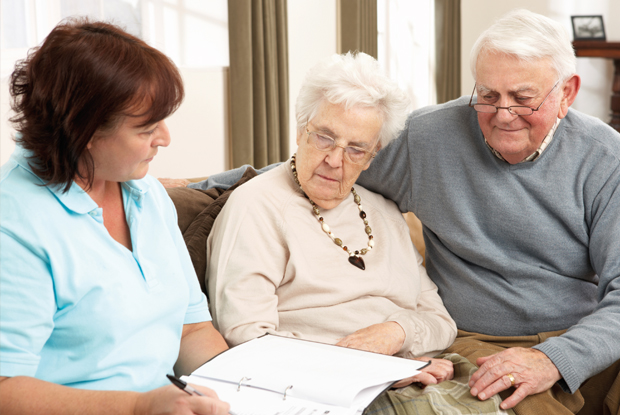Health Assessment of the Older Adult
Health Assessment of the Older Adult
(Health Assessment of the Older Adult)

Most people prefer to be cared for and die at home, but most do not. Research shows that home deaths are declining worldwide, which is against patient preferences because some deaths come suddenly, and it is difficult to predict the trajectory even in end-of-life care (Nysæter et al., 2022). About half of the sudden deaths occur at home because they are unpredictable, and no particular type of care is offered beforehand. Interestingly, four in five deaths do not occur suddenly and occur as the endpoint of a medical condition progression recorded in patient data, and providers can predict or estimate when a patient will die. Despite the ability to predict such deaths, most people still do not die at home as they would prefer. A month before such deaths, most people are at home receiving home care, representing 52% of men and 39% of women, and 45% of both (Pennec et al., 2017). About 24% and 29% receive care in a care home and hospital, respectively (Pennec et al., 2017). However, as death approaches, the rate of hospitalization increases for both genders and the proportion of people receiving care at home declines. The health status as someone nears death deteriorates, requiring close medical attention, which is why hospitalization rates increase (Pennec et al., 2017). In non-sudden deaths, the moving from home to hospital pattern is more frequent as death nears, which helps explain the trend of home deaths declining against patient preferences. (Health Assessment of the Older Adult)
Fulfilling a patient’s preference toward their death presents ethical dilemmas because nurses must respect patient autonomy, including where they wish to receive care, promote overall good, and avoid harm. If receiving care at home is less effective or increases the risk of preventable injury-related deaths at home, it overrides the need to respect the patient’s autonomy. However, nurses can help increase the quality of life by helping manage patient symptoms to make home care as comfortable as possible (Hagan et al., 2018). Nurses can engage in patient education, including fostering medication and physician instruction adherence and building communication skills to help patients communicate their health status and needs to promote end-of-life decision-making and symptoms management. According to Schroeder and Lorenz (2018), nurses can advocate for the provision of palliative care concurrently with curative measures to address the multifaceted patient needs to ensure home care effectively promotes health and well-being at the end of life, which would help increase the rate of home deaths. (Health Assessment of the Older Adult)
References
Hagan, T. L., Xu, J., Lopez, R. P., & Bressler, T. (2018). Nursing’s role in leading palliative care: A call to action. Nurse education today, 61, 216–219. https://doi.org/10.1016/j.nedt.2017.11.037
Nysæter, T. M., Olsson, C., Sandsdalen, T., Wilde-Larsson, B., Hov, R., & Larsson, M. (2022). Preferences for home care to enable home death among adult patients with cancer in late palliative phase–a grounded theory study. BMC Palliative Care, 21(1), 1-10.
Pennec, S., Gaymu, J., Riou, F., Morand, E., Pontone, S., Aubry, R., & Cases, C. (2017). A majority of people would prefer to die at home, but few actually do so. Population Societies, 524(7), 1-4.
Schroeder, K., & Lorenz, K. (2018). Nursing and the Future of Palliative Care. Asia-Pacific journal of oncology nursing, 5(1), 4–8. https://doi.org/10.4103/apjon.apjon_43_17
(Health Assessment of the Older Adult)


